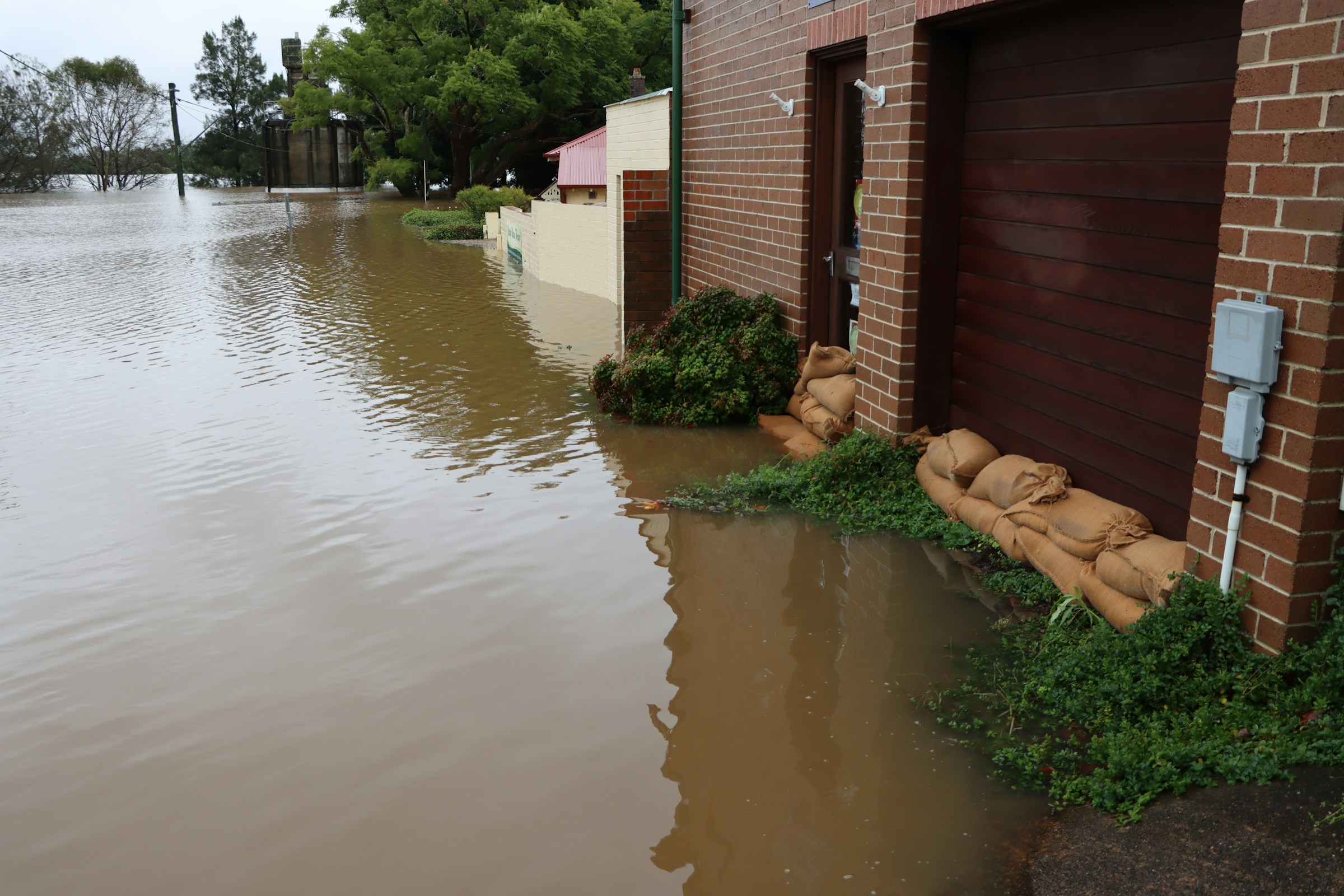How to Protect Your Home in 2025’s Uncertain Hurricane Season
As climate patterns evolve and forecasts suggest an active 2025 hurricane season, homeowners in coastal regions face increasing challenges in safeguarding their properties. Understanding hurricane insurance options, implementing protective measures, and staying informed through reliable tracking systems have become essential components of comprehensive home protection strategies for the unpredictable weather ahead.

The 2025 hurricane season approaches with meteorological experts predicting above-average activity across Atlantic and Gulf Coast regions. For homeowners in vulnerable areas, this forecast signals the need for comprehensive preparation beyond standard emergency kits and evacuation plans. Protecting your home requires a multi-faceted approach that combines physical reinforcements, technological monitoring, and appropriate insurance coverage tailored to hurricane-specific risks.
Understanding Hurricane Insurance Coverage Options
Hurricane insurance isn’t typically sold as a standalone policy but rather as a combination of different coverage types. Standard homeowners insurance generally covers wind damage, but many policies in hurricane-prone regions now include separate wind deductibles that activate specifically during named storms. More concerning for many homeowners is that standard policies explicitly exclude flood damage—the most destructive element of many hurricanes.
To create comprehensive hurricane protection, homeowners need to understand the critical components of coverage. This includes reviewing your existing homeowner’s policy for wind damage limits, securing separate flood insurance through the National Flood Insurance Program (NFIP) or private insurers, and considering additional coverage for debris removal, temporary living expenses, and other hurricane-related costs not covered by standard policies.
Essential Hurricane Protection Measures for 2025
Physical reinforcements to your property can significantly reduce hurricane damage potential. Start with a professional assessment of your home’s vulnerable areas, particularly focusing on the roof, windows, doors, and garage—common failure points during extreme winds. Consider hurricane-rated impact windows or properly installed storm shutters as these provide superior protection compared to temporary plywood solutions.
For 2025, emerging technologies offer new protective options. Roof strapping systems have become more sophisticated and affordable, while water barriers for doorways and garage entrances have improved in effectiveness. Smart home systems can now integrate with weather alerts to automatically trigger protective measures like electronic storm shutters when you’re away from home. Additionally, landscaping strategies such as removing dead trees and branches, securing outdoor furniture, and creating proper drainage pathways can minimize potential projectiles and flooding issues.
Utilizing Hurricane Trackers for Timely Preparation
Modern hurricane tracking tools have evolved far beyond basic weather reports. In 2025, homeowners have access to sophisticated prediction models that provide earlier, more accurate forecasts. Government resources like the National Hurricane Center offer comprehensive tracking, while numerous mobile applications provide personalized alerts based on your specific location.
Advanced hurricane trackers now incorporate machine learning algorithms that analyze historical storm data alongside current conditions, providing more precise impact predictions for specific neighborhoods. Many insurance companies have also developed proprietary tracking systems that integrate with policy information, sending customized preparation recommendations based on your home’s construction, location, and coverage details. Setting up multiple notification systems ensures you’ll have maximum preparation time before a storm approaches.
Insurance Claim Preparation Strategies
Preparing for potential insurance claims before a hurricane strikes can significantly streamline the recovery process. Create a detailed home inventory using photos, videos, and receipts of valuable items. Store these records digitally in cloud-based storage and physically in waterproof containers at a secure location away from your home. Many insurance providers now offer dedicated apps for maintaining these inventories.
Document your home’s pre-storm condition with dated photographs of the exterior, interior, and specific protective measures you’ve implemented. Understand your policy’s claim filing procedures, including required documentation and timelines. Keep contact information for your insurance provider readily accessible through multiple means. After a storm, document all damage immediately and take reasonable steps to prevent further damage, as required by most policies.
Hurricane Insurance Costs and Coverage Comparison
Hurricane-related insurance costs vary significantly based on location, home value, construction type, and coverage levels. Comprehensive protection typically requires combining multiple policies, each with different premium structures and deductibles.
| Insurance Type | Average Annual Cost | Coverage Details | Notable Limitations |
|---|---|---|---|
| Standard Homeowners | $1,200-$3,500 | Wind damage, structure, personal property | Excludes floods, often has separate hurricane deductible |
| Flood Insurance (NFIP) | $700-$1,800 | Building structure, some contents | Coverage caps at $250,000 for structure, $100,000 for contents |
| Private Flood Insurance | $800-$2,500 | Often higher coverage limits than NFIP | Availability varies by location |
| Hurricane Wind-only | $1,000-$4,000 | Specifically covers hurricane wind damage | Required in some coastal regions where standard policies exclude wind |
| Loss of Use Coverage | $300-$700 add-on | Temporary living expenses during repairs | Limited time period, typically 1-2 years |
Prices, rates, or cost estimates mentioned in this article are based on the latest available information but may change over time. Independent research is advised before making financial decisions.
Creating a Comprehensive Hurricane Preparedness Plan
Beyond insurance and physical protection, developing a complete hurricane preparedness strategy is essential. This includes documenting evacuation routes, establishing family communication protocols, and preparing emergency supplies. Many insurers now offer premium discounts for homes with documented hurricane preparedness plans and implemented protective measures.
Coordinate with local emergency management agencies to understand community-level resources available during hurricanes. Consider joining neighborhood preparation groups that share resources and assistance during recovery periods. Document all preparedness steps you’ve taken, as these records can support insurance claims and potentially reduce premiums through mitigation discounts.
As the 2025 hurricane season approaches with its uncertain forecast, protecting your home requires careful planning across multiple dimensions. Appropriate insurance coverage forms the financial safety net, while physical protections and monitoring systems help minimize damage. By addressing these areas comprehensively before storm warnings appear, homeowners can significantly reduce both the immediate impact of hurricanes and the long-term recovery challenges that follow.




